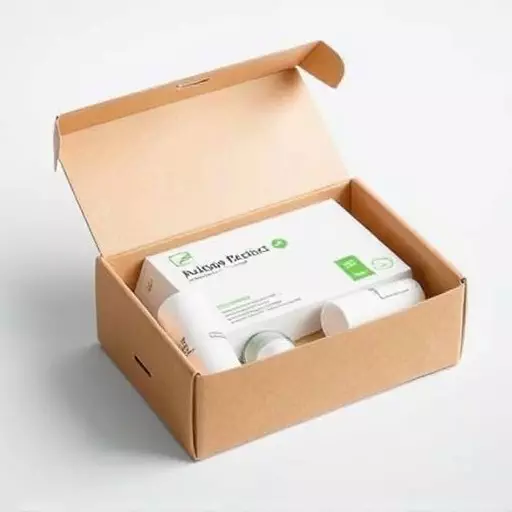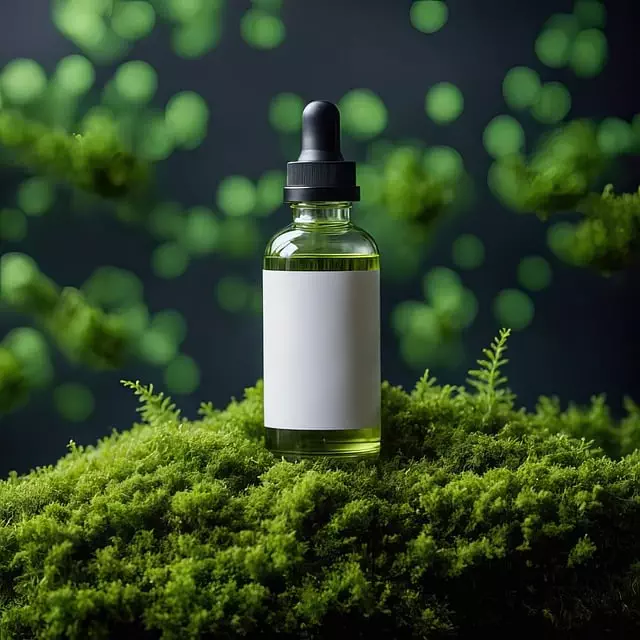The healthcare industry is transitioning to sustainable medical packaging using biodegradable materials like cornstarch, cellulose, and plant-based polymers, replacing traditional non-biodegradable plastics. Custom medical packaging leverages advanced printing technologies to create tailored solutions that offer enhanced barrier protection while prioritizing environmental responsibility. This shift reduces carbon footprints, enhances brand reputation, and appeals to environmentally conscious consumers, fostering trust among patients and healthcare professionals. The transition presents challenges but also opportunities for innovation and adoption, with a promising future driven by collaboration and growing awareness of ecological impact.
In today’s digital era, the healthcare industry is recognizing the urgent need for sustainable medical packaging solutions. As concerns over environmental impact grow, biodegradable medical packaging is emerging as a game-changer. This article explores the shifting landscape of medical packaging solutions, delving into the benefits, materials, and challenges of custom medical packaging designed to be environmentally friendly. We provide actionable steps for adoption and highlight the positive environmental impacts possible through these innovative approaches.
- Understanding the Need for Biodegradable Medical Packaging
- Benefits of Sustainable Medical Packaging Solutions
- Customization Options for Medical Packaging
- Materials Used in Biodegradable Medical Packaging
- Environmental Impact and Recycling Considerations
- Challenges and Future Prospects in Medical Packaging Sustainability
- Adopting Biodegradable Medical Packaging: A Step-by-Step Guide
Understanding the Need for Biodegradable Medical Packaging
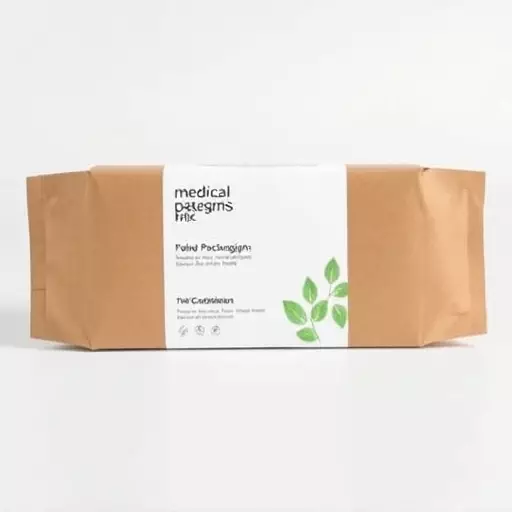
In today’s world, where environmental sustainability is a growing concern, there is an increasing demand for eco-friendly solutions across various industries, including healthcare. The need for biodegradable medical packaging has become more pressing than ever. Traditional medical packaging often relies on non-biodegradable materials, contributing to significant waste and environmental pollution. This raises concerns about the long-term impact on ecosystems and human health. As such, there is a growing push towards sustainable medical packaging options that can minimize these adverse effects.
Custom medical packaging plays a crucial role in this transition by offering tailored solutions that meet specific healthcare requirements while aligning with sustainability goals. Biodegradable materials such as cornstarch, cellulose, and plant-based polymers provide effective alternatives to conventional plastics. These innovative medical packaging solutions not only reduce environmental impact but also offer enhanced protection for pharmaceuticals and medical devices. By embracing sustainable practices, the medical industry can contribute to a greener future while ensuring patient safety and satisfaction with custom-designed medical packaging.
Benefits of Sustainable Medical Packaging Solutions
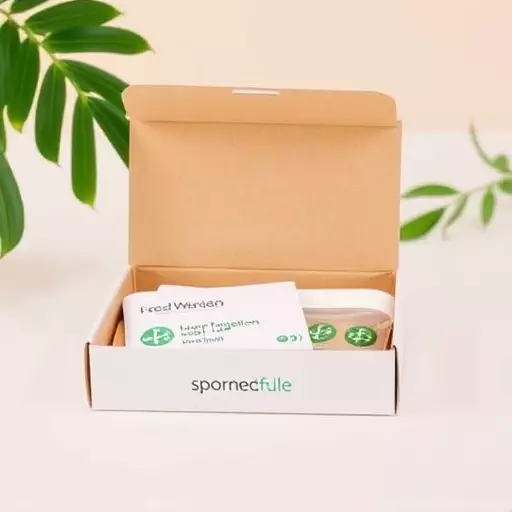
The shift towards biodegradable medical packaging offers a multitude of benefits, both for the environment and for healthcare providers. By adopting sustainable medical packaging solutions, businesses can reduce their carbon footprint significantly. Traditional plastic packaging contributes to pollution and takes centuries to decompose, but eco-friendly alternatives break down naturally within months, minimizing environmental damage.
Custom medical packaging plays a crucial role in this transition by allowing manufacturers to create specialized, biodegradable materials tailored to specific medical needs. This ensures product integrity while aligning with sustainability goals. Moreover, sustainable medical packaging can enhance brand reputation and appeal to environmentally conscious consumers, fostering trust and loyalty among patients and healthcare professionals alike.
Customization Options for Medical Packaging
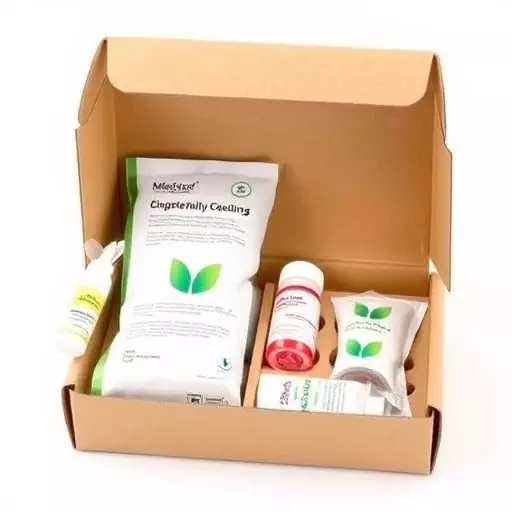
In the realm of sustainable medical packaging, customization options are vast and ever-evolving. Medical facilities can now choose from a variety of eco-friendly materials to suit their specific needs, such as biodegradable polymers derived from renewable resources, offering not just effectiveness but also environmental responsibility. Custom medical packaging is a game-changer, allowing for tailored designs that maintain product integrity while minimizing waste. With advanced printing technologies, brands can incorporate unique graphics and text, enhancing patient experience and brand recognition.
Moreover, these custom solutions integrate specialized features based on the packaged products’ requirements. This includes barrier protection, moisture-tight seals, or specialized temperature control mechanisms, ensuring the safety and efficacy of medical devices and pharmaceuticals. The versatility in customization ensures that medical packaging meets exacting standards while aligning with sustainability goals, thus fostering a greener healthcare industry.
Materials Used in Biodegradable Medical Packaging

Biodegradable medical packaging is transforming the healthcare industry with its innovative use of materials that prioritize sustainability and environmental friendliness. Unlike traditional plastics, these packages are crafted from renewable resources such as plant-based biopolymers, like polylactic acid (PLA) derived from cornstarch or cellulose from wood pulp. These materials offer a viable sustainable medical packaging alternative, ensuring the safety of pharmaceutical products while minimizing environmental impact.
Custom medical packaging plays a crucial role in this shift, allowing manufacturers to create tailored solutions designed for specific drugs and treatments. By incorporating advanced printing technologies and precise design elements, custom biodegradable packaging enhances product visibility, ensures regulatory compliance, and offers enhanced barrier protection. This blend of sustainability and customization is revolutionizing medical packaging solutions, appealing to both healthcare providers seeking eco-conscious options and consumers demanding environmentally responsible products.
Environmental Impact and Recycling Considerations

The environmental impact of medical packaging is a growing concern, as non-biodegradable materials contribute to pollution and waste accumulation. In response, the demand for sustainable medical packaging solutions has been on the rise. Biodegradable alternatives offer a promising path forward, reducing the ecological footprint associated with traditional packaging. This shift towards eco-friendly options not only benefits the planet but also aligns with consumer expectations for greener products.
Recycling considerations play a significant role in the development of custom medical packaging. Innovative designs that incorporate recyclable materials can help minimize waste generation and enhance resource recovery. By prioritizing sustainability, manufacturers can create medical packaging solutions that support circular economy practices, ensuring a more responsible and environmentally conscious approach to healthcare product delivery.
Challenges and Future Prospects in Medical Packaging Sustainability

The journey towards sustainable medical packaging is fraught with challenges, from material availability and cost-effectiveness to ensuring product safety and regulatory compliance. Biodegradable materials, while offering an eco-friendly solution, may pose hurdles in terms of structural integrity and stability for certain medical applications. The industry’s move towards green initiatives requires innovative custom medical packaging solutions that balance environmental considerations with the unique needs of diverse healthcare products.
Looking ahead, future prospects for sustainable medical packaging are promising. Advancements in material science could lead to more accessible, affordable, and high-performance biodegradable options. Collaboration between manufacturers, researchers, and regulatory bodies will be pivotal to establishing standardized practices, ensuring quality, and driving adoption. As consumers and healthcare providers become increasingly conscious of environmental impact, the demand for eco-friendly medical packaging is expected to surge, paving the way for a greener and more sustainable healthcare industry.
Adopting Biodegradable Medical Packaging: A Step-by-Step Guide

Adopting biodegradable medical packaging is a multi-step process designed to minimise environmental impact while enhancing patient safety and treatment outcomes. Start by evaluating your current medical packaging solutions: Identify the types, quantities, and materials used across your operations. This step involves meticulous inventory management to understand what needs replacing. Once you’ve established your baseline, research and source sustainable medical packaging alternatives. Biodegradable options include materials like cornstarch, cellulose, and plant-based plastics. These can be sourced from reputable suppliers who offer both high-quality products and eco-friendly production methods.
Next, design custom medical packaging to meet specific clinical needs while adhering to biodegradability standards. This involves collaborating with experts in pharmaceutical packaging design to ensure the new packages maintain sterility, protect medication integrity, and are user-friendly for healthcare professionals. Finally, implement a phased transition: Gradually replace existing packages with biodegradable alternatives. This approach allows for adjustments, troubleshooting, and ensuring smooth operations throughout the switch. Regular monitoring and feedback collection during this period will help optimize your new sustainable medical packaging system.
